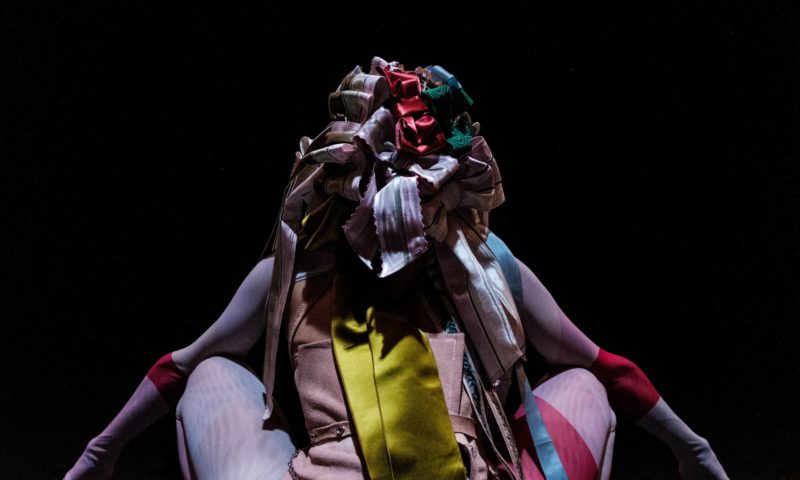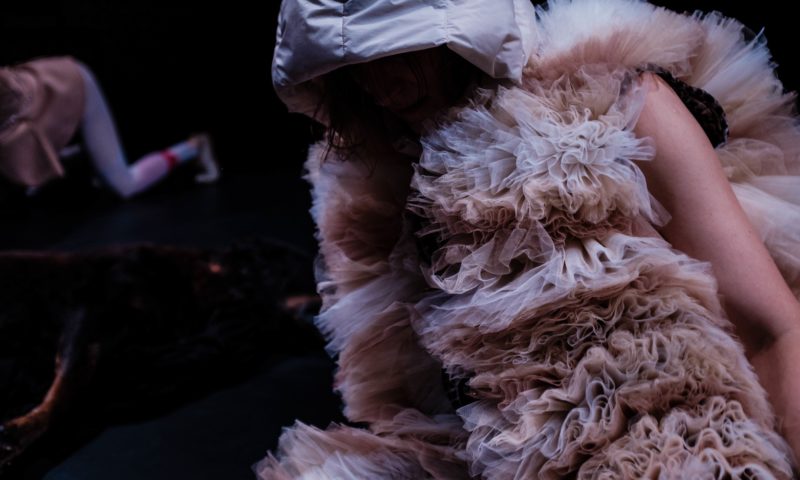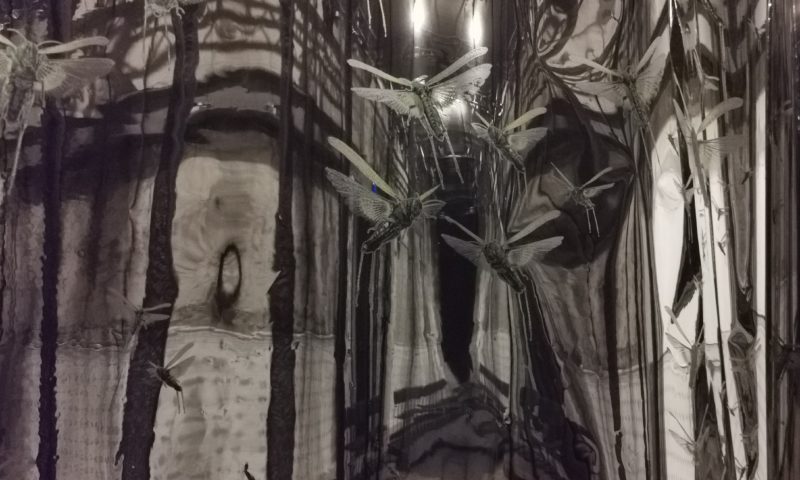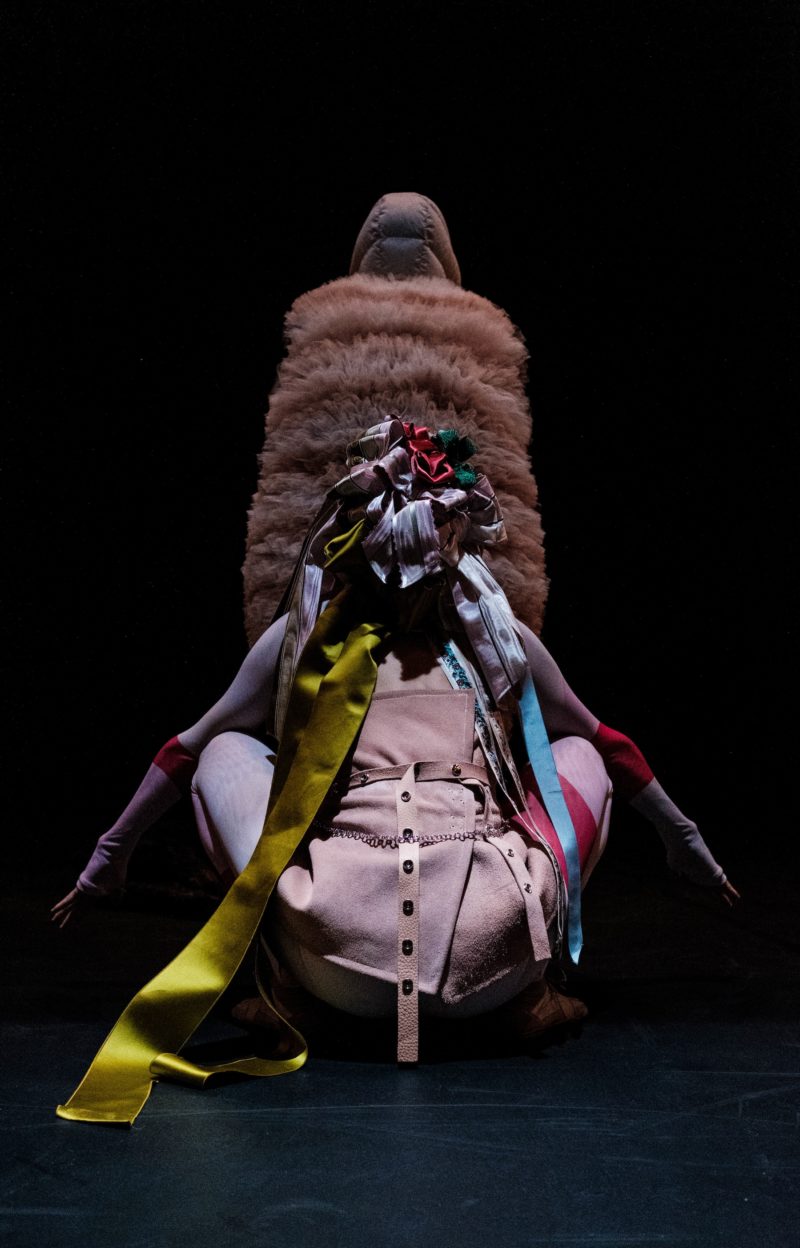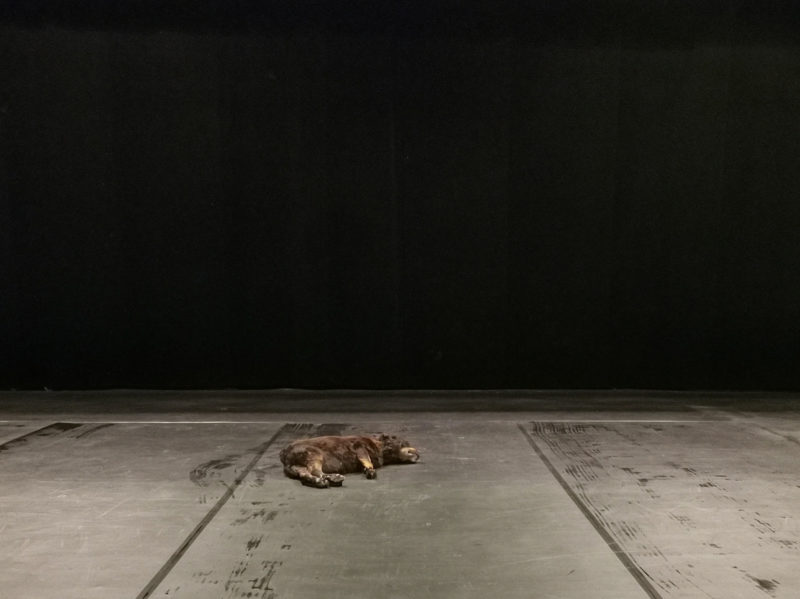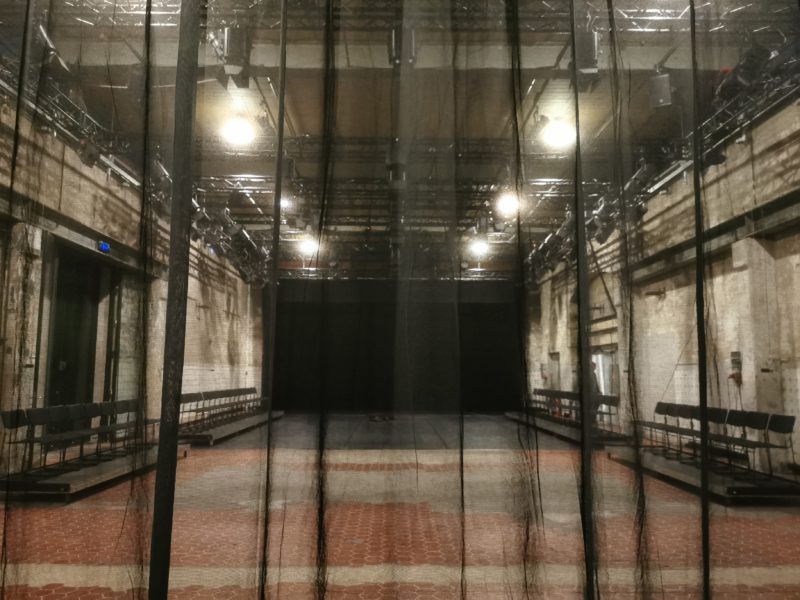OF ALL ITS PARTS
Set and costume design for two-women-machine-shows episodic journey into the unknown depths of a shared imagination.
Concept & Performance: two-women-machine-show
Sound: S. Rieser
Design: KASPERSOPHIE
Light Design: David Nicolas Abad
Performance Consultant: Jonathan Bonnici
Choreographic assistant: Angela Bundalovic
Graphic Design: Sam Moore
Production manager:Gry Raaby
Communications Director: Jeffrey Scott Stratton
Administration: Projektcentret
Support:
In residency: CORPUS – Det Kongelige Teater (DK), Aaben Dans (DK), MARC – Milvus Artistic Research Center (SE), MDT (SE)
Co-production: Dansehallerne, MDT
Funded by: The Danish Arts Foundation, Københavns Kommunes Scenekunstudvalg, Wilhelm Hansen Fonden, William Demant Fonden, Knud Højgaards Fond
'Of All Its Parts: From Darkness concludes an episodic journey into the unknown depths of a shared imagination. The work reveals a timeless and transformative figure, whose dance is a ceaseless flux between someone and other, between ancient times and flickering futures.
Of All Its Parts is the title of a choreographic work that unfolds over the course of four episodes. Through each episode, the work dives deeper into the latent layers of human imagination—gathering a spectacular and genuinely diverse accumulation of dreams and vision-like materials. By applying these materials to a choreographic setting which focuses on layering and interweaving, a grandiose figure is gradually brought to life growing and complexifying through each episode' (two-women-machine-show)
The design was shaped through a formalistic drawing process using vision-like material produced by the choreographers. The process transformed a vast material in the format of text into specific physical expressions in space and costume retaining complexity and refraining from imposed meaning.
Tull, scrapmetal, leather, bodystocking, seashells and ribbons were among materials used in the costumes and layers of skin, nakedness and coveredness became central concepts.
Spatially, rawness, duality, transformability and a journey between lightness and darkness became the framework. The space created possibilities for intimate encounters and vast landscapes and revealed both the bare architecture and used abstracted theatrical tools.
Materials included pleated gauze, draped mirror, dancefloor and tiles, a taxidermy rottweiler and long single row seating banks in traverse.

